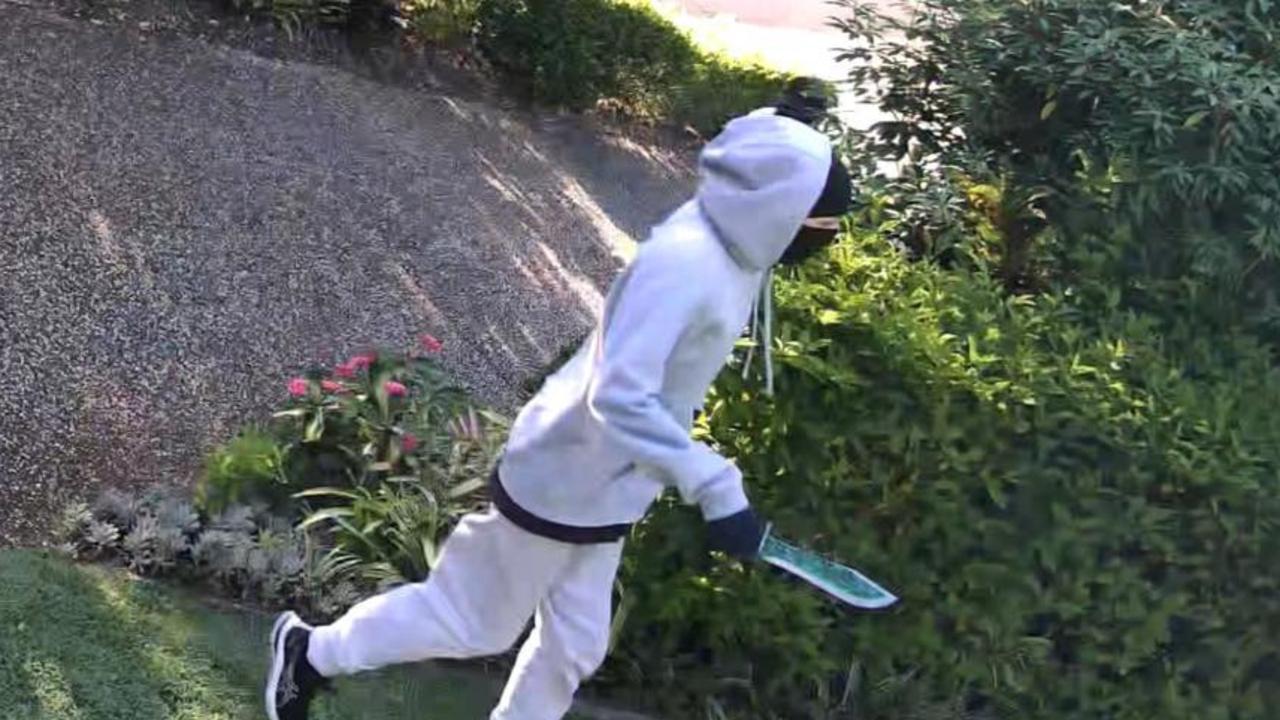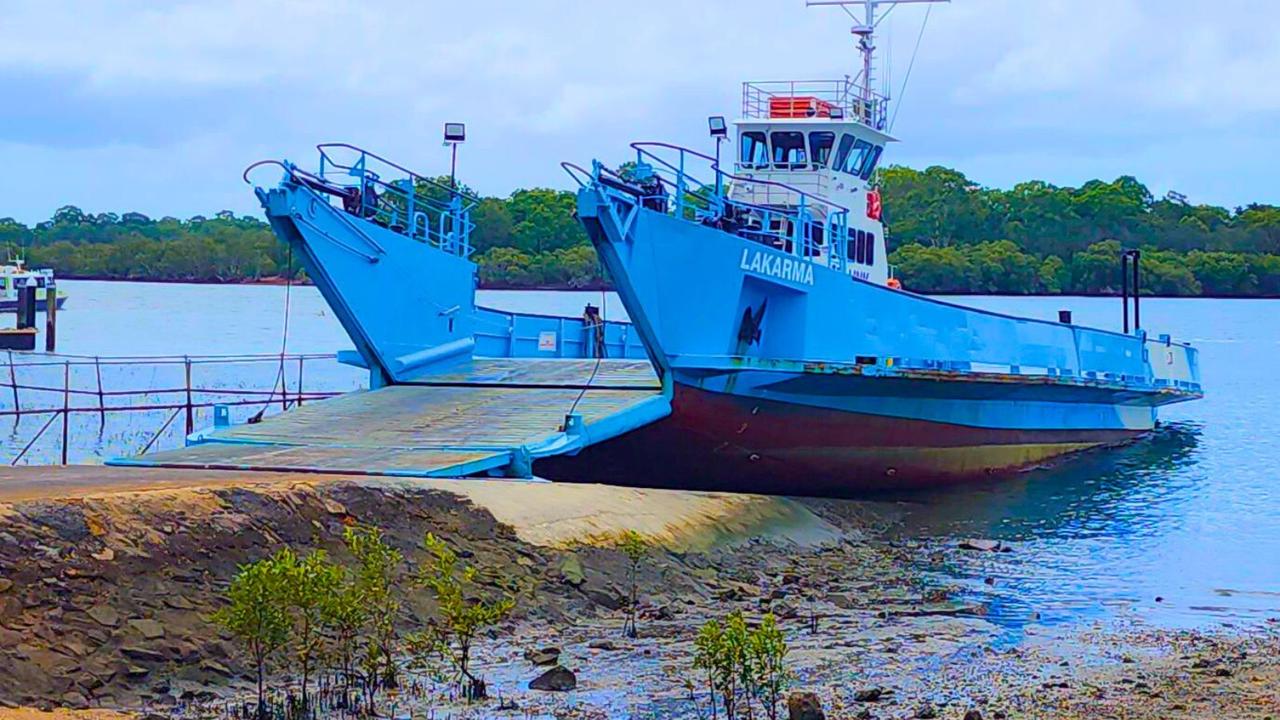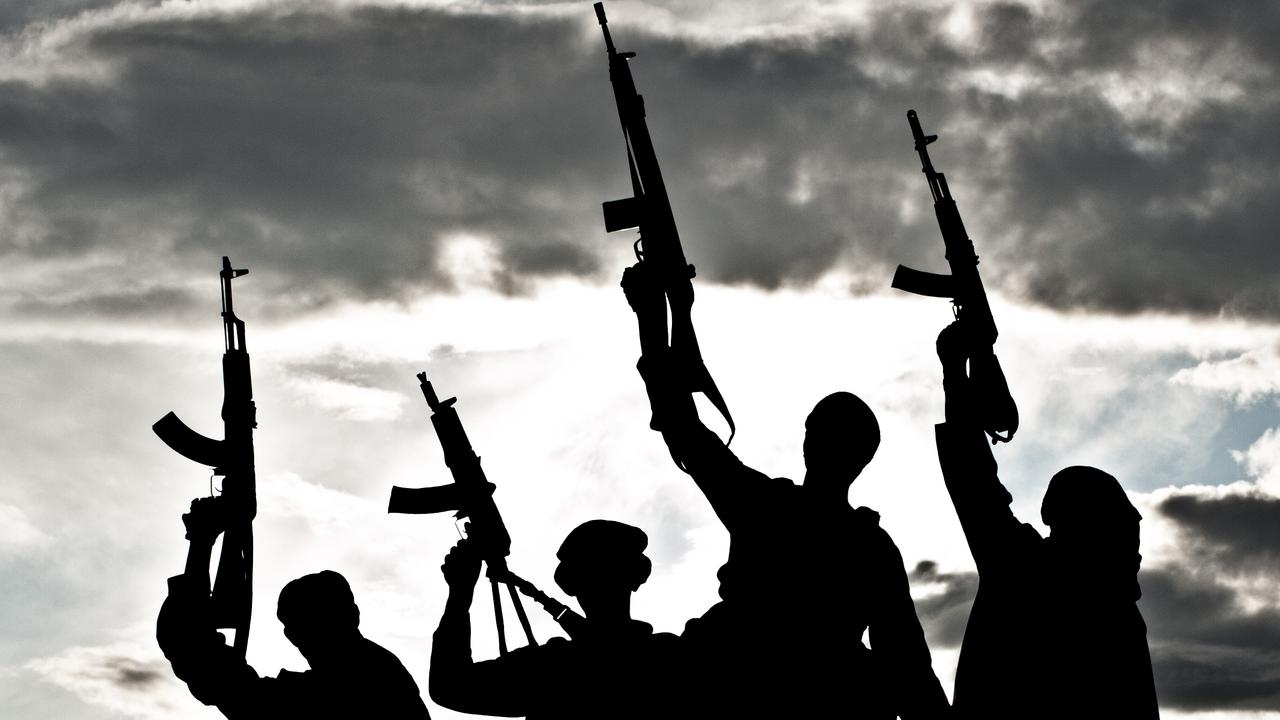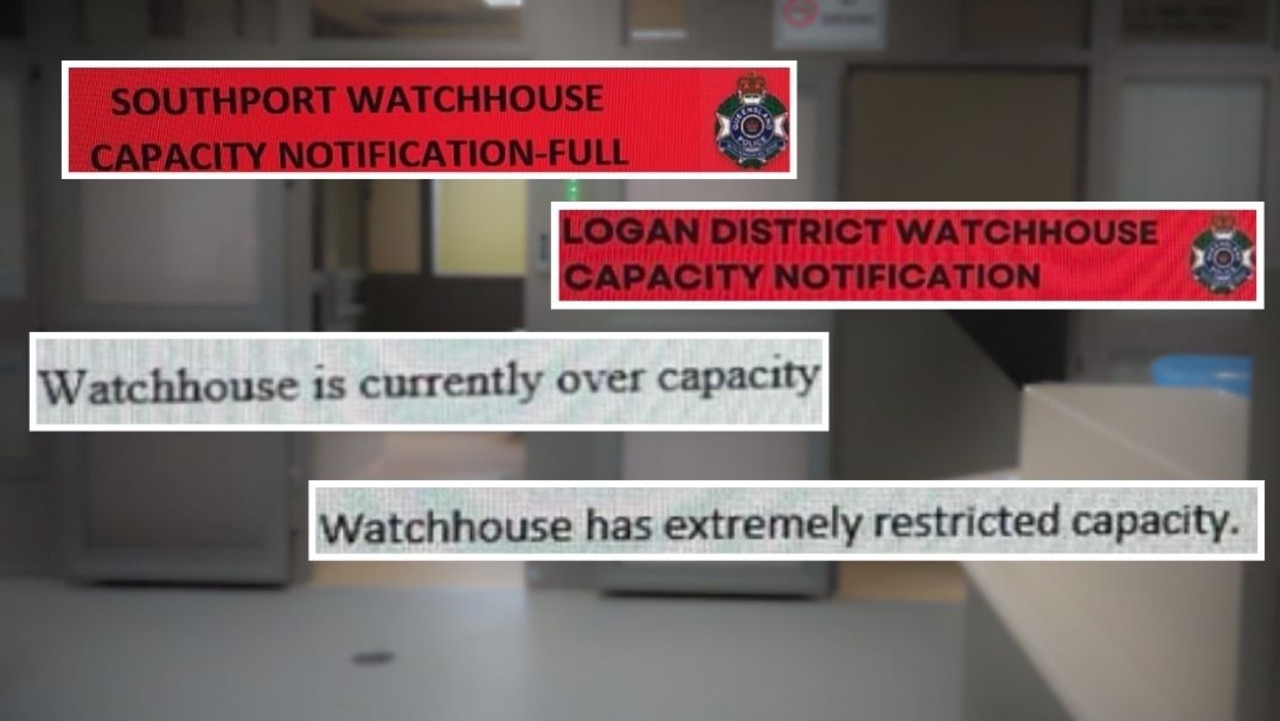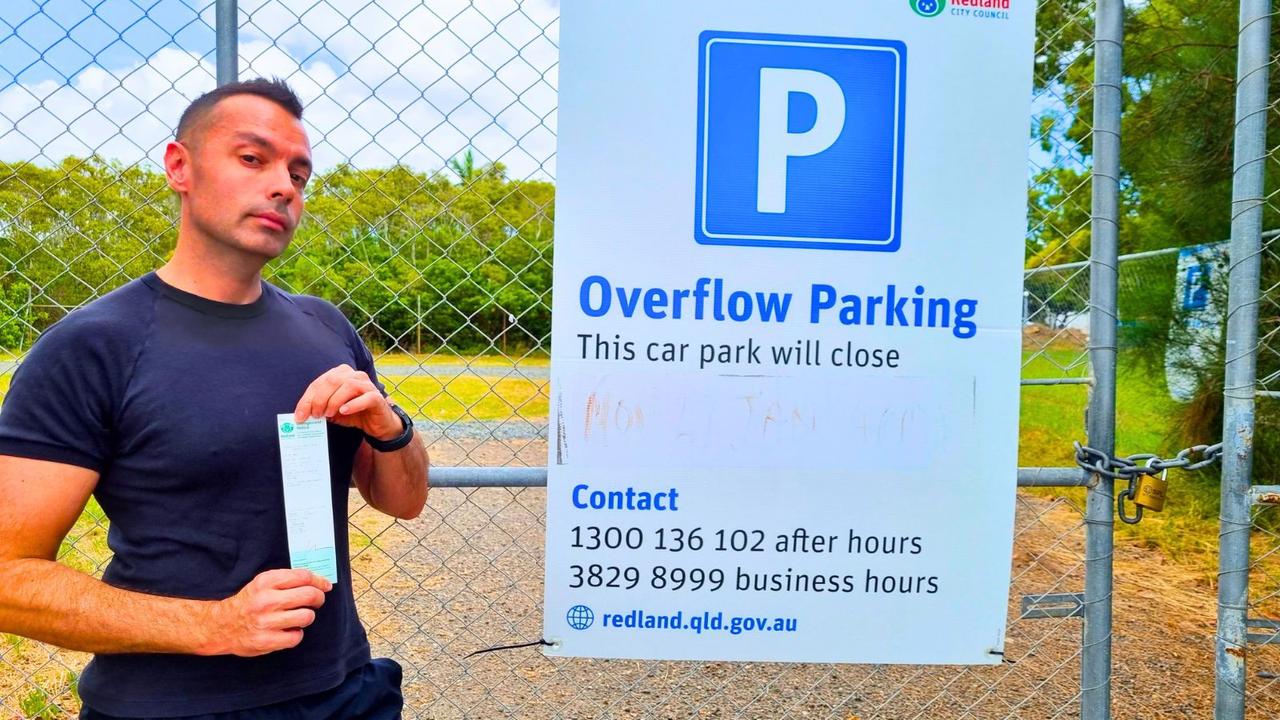K’gari Ranger relives horror moment little boy killed by dingo
Exclusive new data reveals the locations of K’gari dingo attacks amid 28 high-risk incidents already this year, compared to just five in 2022.
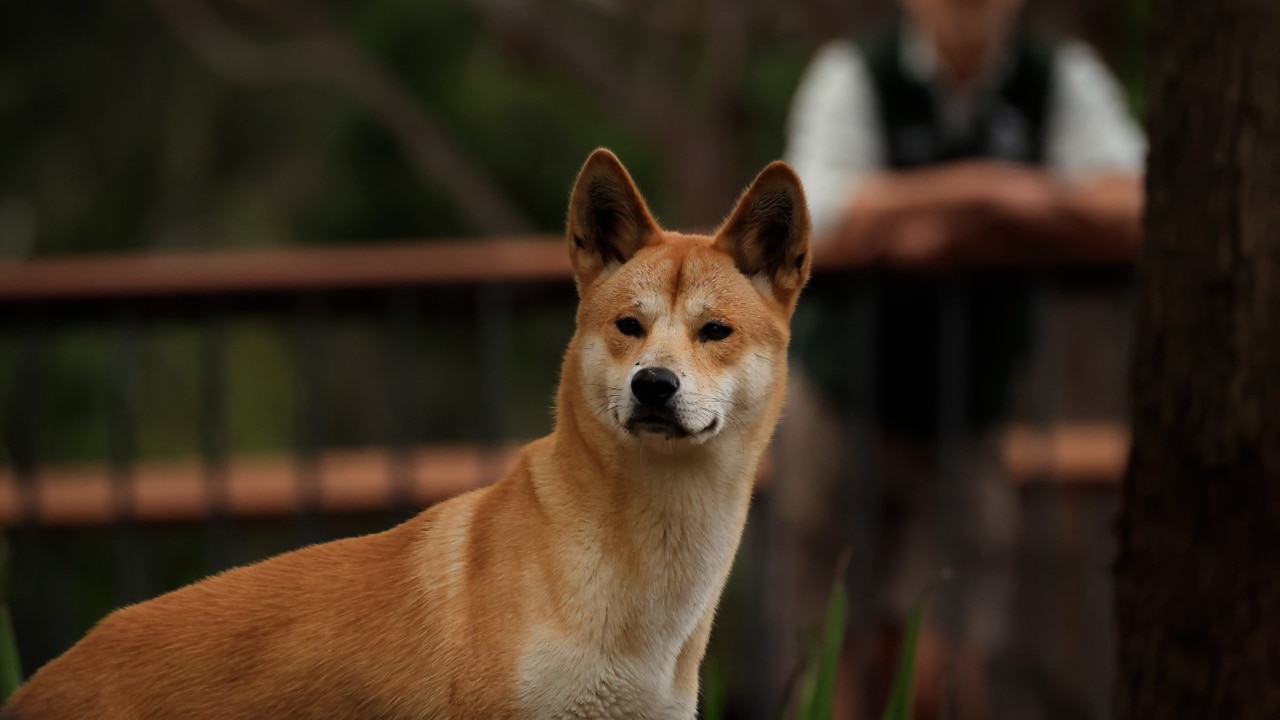
QLD News
Don't miss out on the headlines from QLD News. Followed categories will be added to My News.
A K’gari ranger says demand to see a dingo has “never been stronger” following a spate of attacks on the island with visitors treating the animals like “pets”.
It comes as the latest statistics show there have been 28 high-risk (Code E) incidents so far this year, compared to just five in 2022 and 13 in 2021, resulting in three animals being put down.
Queensland Parks and Wildlife Service senior ranger Linda Behrendorff, who has worked on K’gari – formerly Fraser Island – for more than two decades, said she still vividly remembers the day Clinton Gage, 9, was killed by two dingoes at Waddy Point in 2001.
“That was the day that everything changed – our 9/11,” she said.
“We knew the potential of what dingoes could do and did a lot of education in that space but when Clinton was killed, and he was my height, a tall nine-year-old, it was two habituated camp dogs.”
There have been 12 Code E incidents including nipping, biting, lunging (attempting to bite) and/or hunting tactics in the last two months alone.
Meanwhile Code D incidents, where dingoes exhibit threatening behaviours, have doubled since last year – 80 (2022) to 160 (2023) – compared to 69 incidents in 2021.
Dr Behrendorff said as they struggle to navigate an unprecedented rise in high-risk incidents, rangers are working around the clock to ensure history does not repeat itself.
“That’s my job and the job of my team to prevent what happened to Clinton Gage and to prevent what happened in the aftermath,” she said.
Clinton’s death resulted in about 31 dingoes being destroyed on K’gari.
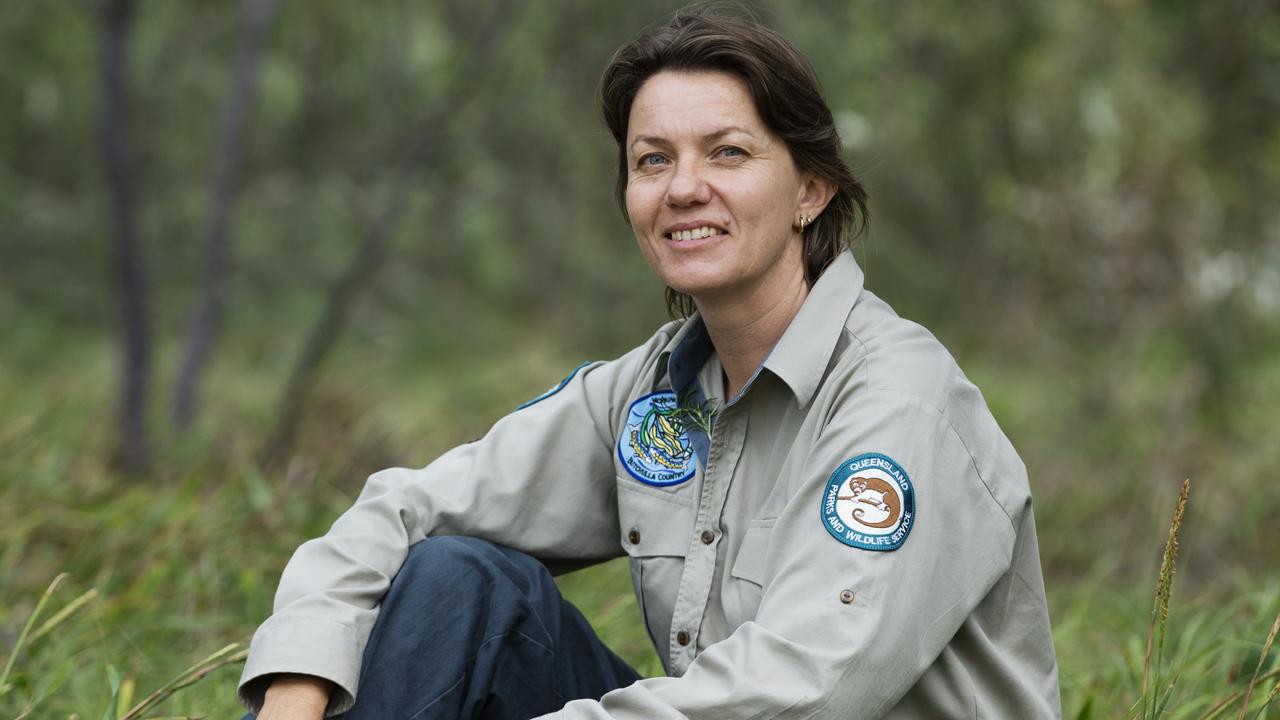
Asked whether the current situation can be reversed, Dr Behrendorff said: “It is a scary step – but I have seen aversion work, it is just not palatable to everybody”.
“You have got to make it unattractive for the dingoes to be in those human use areas.
“(Dingoes) should not be allowed to walk through herds of humans unchallenged.
“We used to do hazing, you wouldn’t even hit the animal but the animal was put into a situation where they knew they weren’t welcome.”
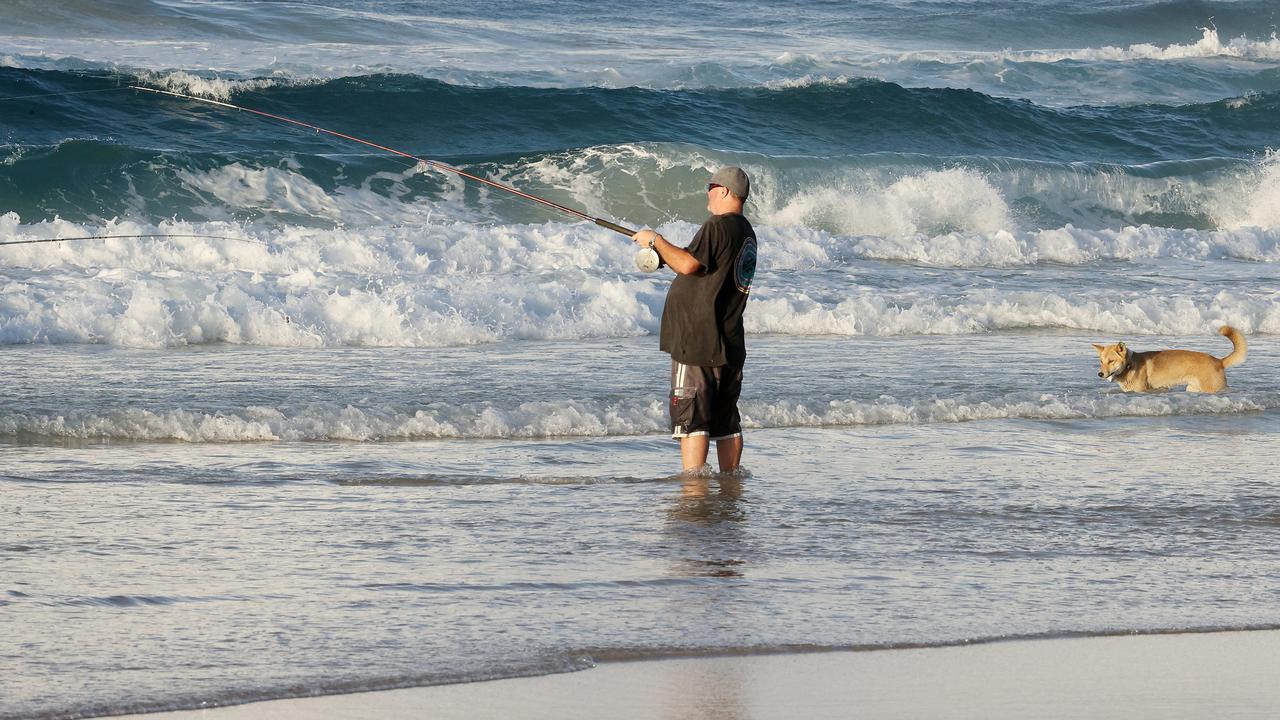
She said the most difficult part of the job is looking into the eyes of a parent who has “done nothing wrong”. Dr Behrendorff said she feared visitors were treating dingoes “like pets”.
“I think people get this feeling that it’s not going to happen to them and in the case of the girl that went running that’s one of the things she said – ‘I didn’t think it would happen to me’,” she said.
Dr Behrendorff said school holidays were always busy for rangers but Covid also created a “new demographic” of visitor.
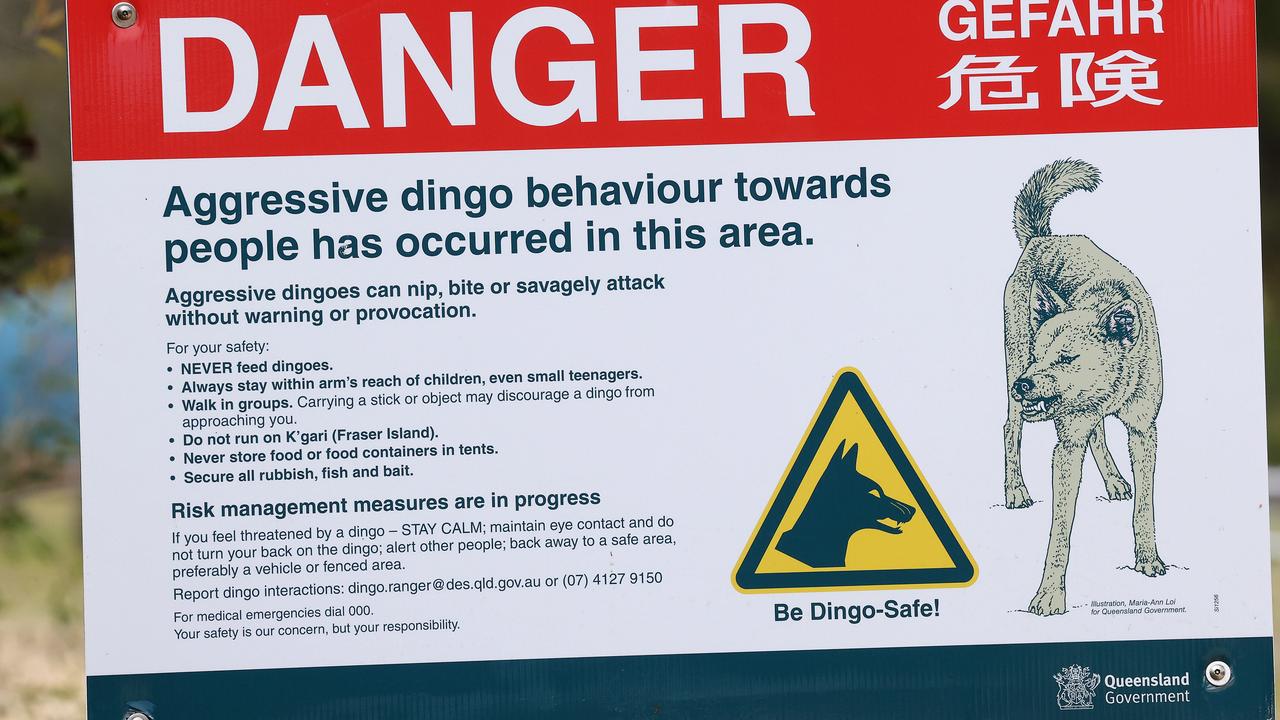
“As more and more people visit the island it opens the opportunity for more dingoes to become habituated to food,” she said. “A dingo is extremely curious, extremely opportunistic … they are still a wild animal.”
The Department of Environment and Science has issued 26 fines to visitors so far this year, 21 of which were related to feeding or food availability.
Dr Behrendorff said dingoes were a “huge (tourism) drawcard” and that it was “traumatising” for the Indigenous Butchulla people when dingoes had to be destroyed.
“There seems to be a lot more people (visiting the island) – (during Covid) every one went out and bought a 4WD and now they are all visiting national parks,” Dr Behrendorff said.
She said visitors needed to be aware that a “benign” interaction could have catastrophic consequences for both humans and dingoes.
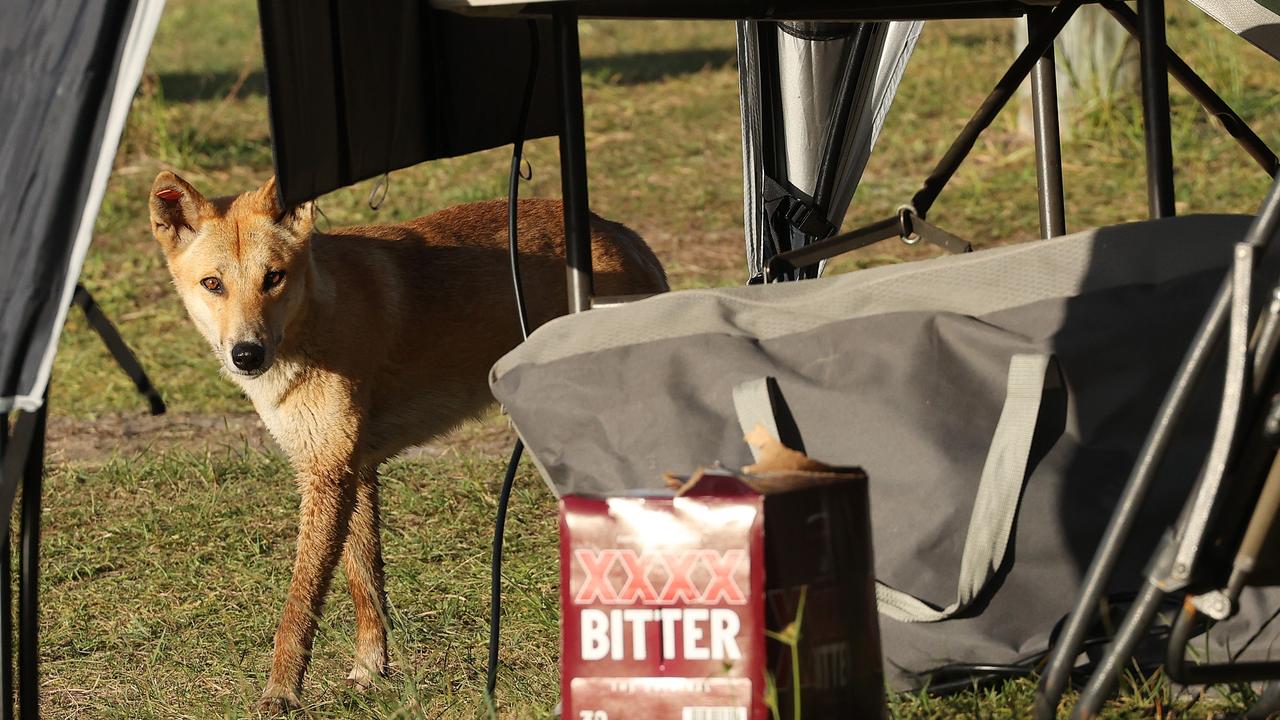
“Everybody is responsible for what is happening in this space,” she said.
Dr Behrendorff said there are more dingoes on the island during whelping season and the least around March and April “as they are moving into that breeding time”.
But she said not every habituated dingo is a risk.
“It is generally those juveniles to sub adults (two years and under).
“We need the people to be working with us and there’s a lot more visitors now then there was (when Clinton died).
“It is a chain of events – it’s our job, the job of my team to understand what link in that chain broke.”
More Coverage
Originally published as K’gari Ranger relives horror moment little boy killed by dingo



